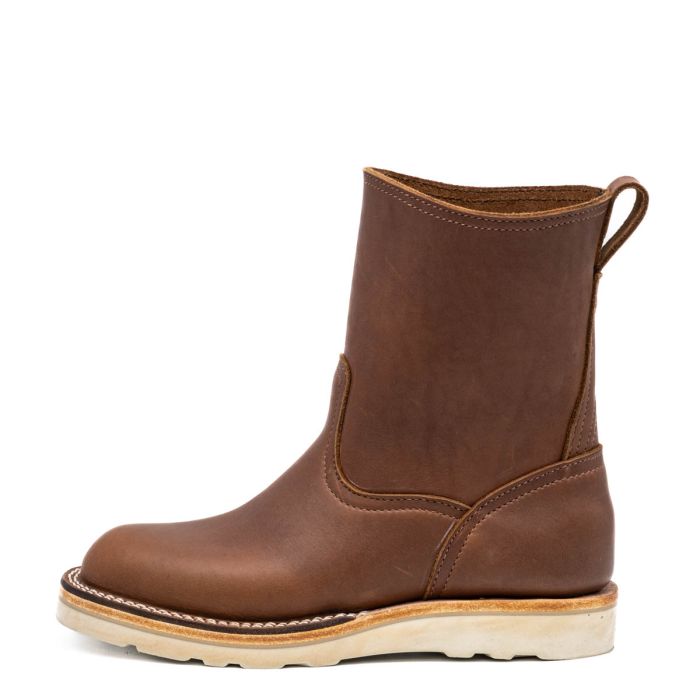mensimageconsultant
Distinguished Member
- Joined
- Mar 15, 2006
- Messages
- 4,600
- Reaction score
- 145
Read the book Sun Protection for Life. It will correct many misconceptions you, like most men, probably have about sun exposure. It could even save your life.
This has been a public service announcement from...
This has been a public service announcement from...


